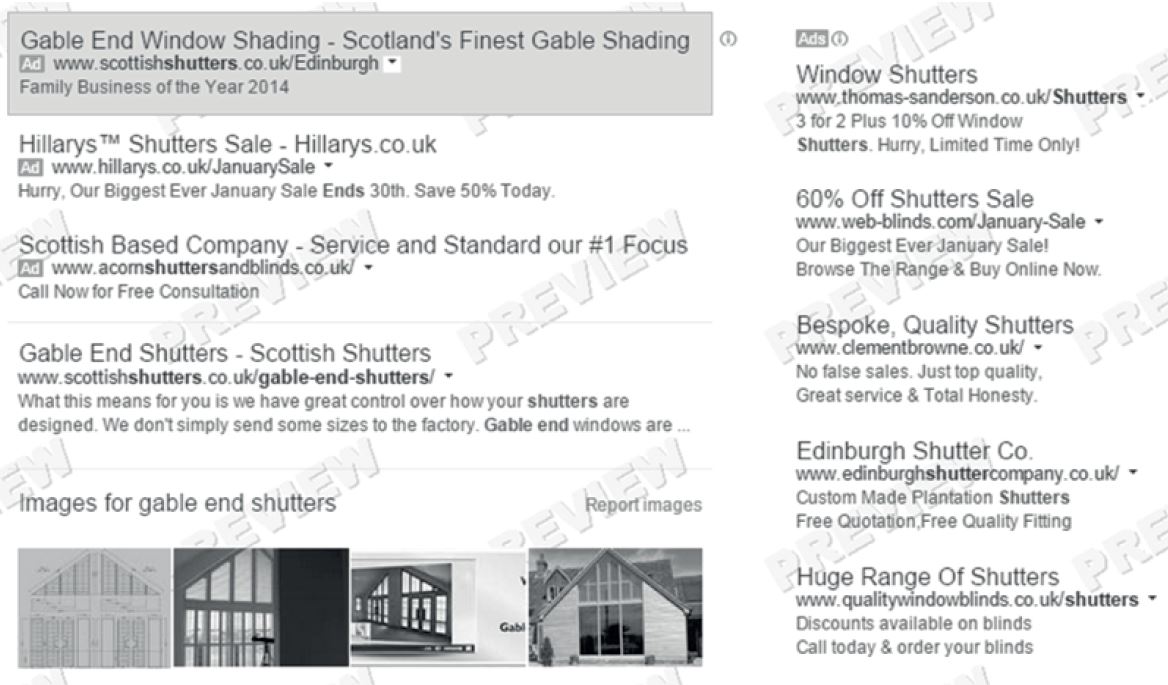This might seem a bit of a departure for a dyed-in-the-wool AdWords guy like me, but it’s a debate that will rage on for some time – is SEO alive or dead?
But first, what does SEO mean?
It’s an acronym for Search Engine Optimisation: the art of optimising your website (or landing page) to make it more easily understood, categorised and indexed by search engines such as Google, to increase the visibility of your website in the unpaid section of the search results page.
Of course, the Holy Grail for SEO consultants is tweaking, modifying and generally optimising your site so that it enjoys the number one position in the organic or natural listings.

And that’s where the trouble began.
You see; a lot of unscrupulous people thought that they could manipulate the content on a website to fool Google into giving it a better natural ranking than it really deserved. Basically, everyone wanted to be “Number One” on Google – and they were doing anything and everything they could to get there.
But for every really smart manipulator out there, Google employs 10 smarter manipulator detectors in the very bright kids they hire at Mountain View. That’s why Google calls the organic results “natural” listings. They want your site to rise to the top naturally, by doing the right things – i.e. proper optimisation.
Let’s put this into perspective. The number one natural or organic position in the Google search results page is still three positions below the paid for (AdWords) listings. Google makes a shed load of money from us advertisers in the paid section and no money at all from the organic listings. You can see where their priorities lie.
Google pays a great deal of attention to websites and landing pages when we’re sending traffic to them from ads that you and I have paid for, and that’s why I’m still extremely interested in SEO. It’s important that Google leaves with the best possible impression of your website so why pass up an opportunity to impress?
It’s worthwhile understanding some of the basics of SEO.
Now whilst all of this relates to the source code on your landing page, you don’t need a degree in HTML programming to at least check some of this stuff out.
In the screen grab, the top three ads are all AdWords paid-for ads (Scottish Shutters, Hillary’s and Acorn) as are the ads down the right hand side. The link below the Acorn ad is the first of the natural listings (not paid for).
Near the top of the gobbledegook your <title> tag appears (hard to find at first but keep looking!) and next to <title> will be the page’s actual title (could be why this is called the title tag).
This is the bit that’s displayed when your site appears in the natural listings and usually in the first line of your entry.
But (and more importantly in my opinion) – this is your way of telling Google exactly what this page is about if you’re sending visitors to this page from AdWords.
Sometimes when checking our members’ websites, I find missing title tags, generic headings, the same tag across multiple pages or title tags that are too long.
If the title tag contains words which are in the searcher’s original search query, Google will make them bold on the search results page. This makes your entry appear more relevant to the searcher.
Your title tags should be no more than 65 characters in length, describe the content on the page, and be different on each landing page to be used to maximum effect.
Quite near the <title> tag is another important tag and that is the description tag. It looks something like this <meta name=“description=” content=” and the bit that follows should be a description (in 165 characters or less) of the contents of this specific page.
If the description is poor, irrelevant or missing, Google leaves without this information, none the wiser about the page. It strikes me that it’s far better to give Google some info than nothing at all so that it can then better judge when to show your listing.
Then there’s the alt tags – (more correctly the ALT attribute within the IMG tag!!) these originally came about as a way of describing an image for screen readers for blind or visually impaired computer users.
However, they have an important purpose from the point of view of SEO and paid advertising.
You see, the Google bot can’t (yet anyway) look at the images on your website and interpret what they are. You need to tell Google what it’s an image of, and the way you do that is by describing what the image is (i.e. the ALT attribute).
I see websites where there are no image descriptions at all, and sometimes they are simply image 1, image 2 etc. Why not go the extra mile and tell Google exactly what your images are about? This increases relevancy (near the end I know but the “R” word was always going to crop up).
Of course, if you have an image on your website that contains text then you must tell Google what the text says (‘cos Google can’t read it!!) Obvious isn’t it, but there are still a lot of website images that don’t!
Go check yours…and if all this is a bit too much for you just ask your web developer to let you see what your title tags, description tags and image tags look like – and then take the necessary steps to make them better.



